ACTIVE SYSTEMS
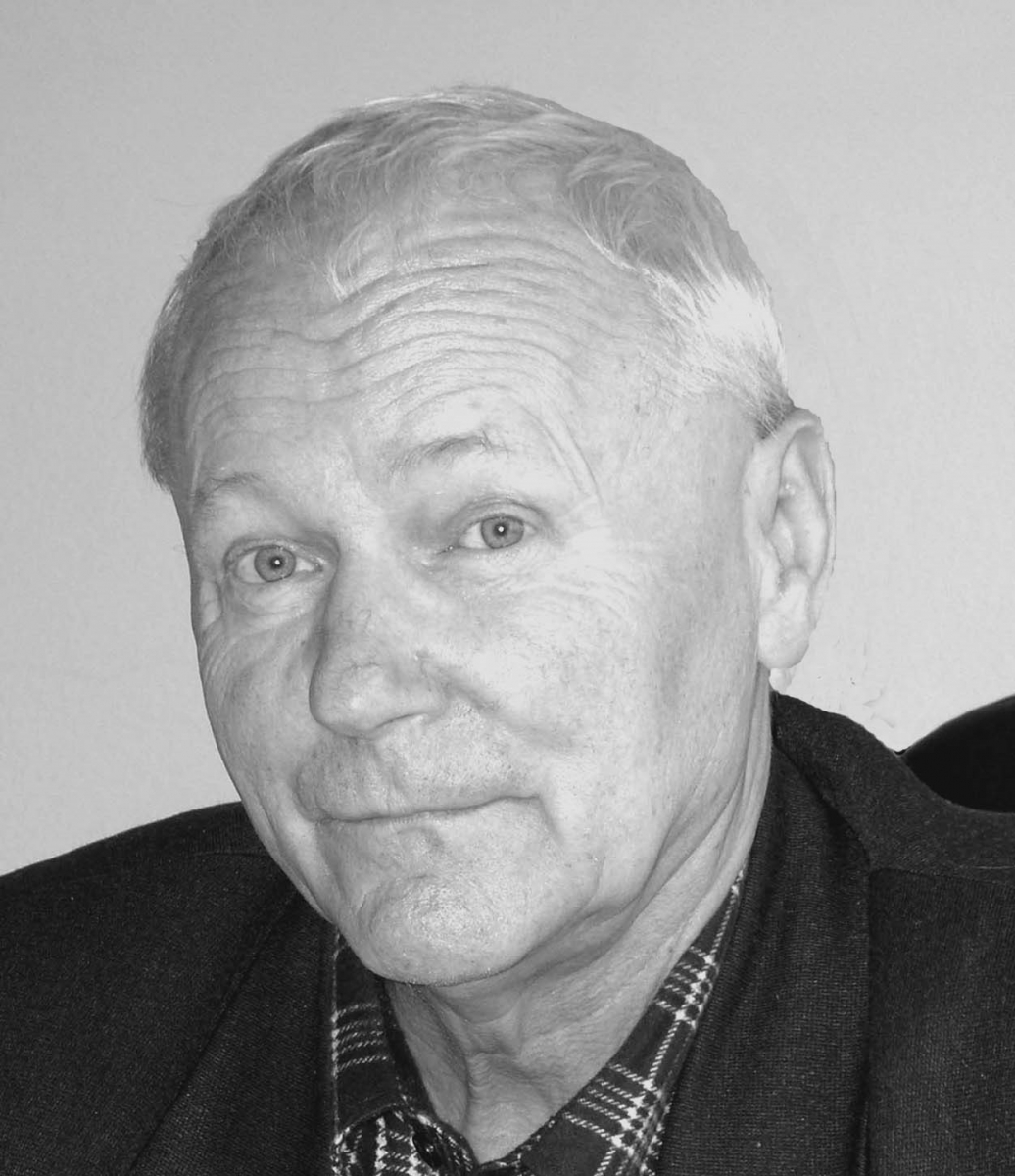 |
|
Vladimir N. Burkov, Founder and first Head of Laboratory No. 57 |
In 1973, the sector of business games was created in S.V. Emelyanov’s laboratory based on a research group from A.Yu. Lerner’s laboratory. In 1974, the sector was transformed into the Laboratory of Active Systems, headed by Vladimir N. Burkov, Dr. Sci. (Eng.). He is the founder of the theory of active systems.
The research area of the Laboratory is primarily analysis and design methods for control mechanisms in active organizational systems.
An active system is an organizational system model that considers the conflicting interests of controlled subjects (agents) and their active behavior. Agents provide information to a control subject (Principal) and choose actions based on their interests. The main method of study is the mathematical modeling of managerial decision procedures (systems analysis, game theory, decision theory, and operations research).
In 1969, V.N. Burkov proposed the revelation (fair play) principle of active systems. According to this principle, the maximization conditions of the agents’ goal functions (the perfect concordance conditions) are additional constraints in the optimal planning problem for the system. Proper consideration of the agents’ interests guarantees the reliability of their information (truth-telling). Thus, the theory of active systems was initiated.
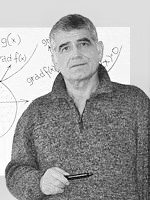 |
|
Valery I. Opoitsev |
In the 1970s–1980s, research on the theory of active systems mainly focused on two problems. First, in which cases is the revelation mechanism optimal? (Under this mechanism, truth-telling is beneficial for all agents.) Second, in which cases is the mechanism of incentive-compatible planning optimal? (Under this mechanism, the state chosen by an agent coincides with the plan.) The first problem was solved for active systems with a single agent, allocation mechanisms of limited resources, and mechanisms of active expertise. (Theorems on the optimality of revelation mechanisms were proved by V.N. Burkov, A.K. Enaleev, and V.I. Opoitsev). The second problem was studied jointly with the scientific school of Prof. A.A. Ashimov (Kazakhstan); sufficient conditions on penalty functions for the agent’s state deviation from the plan were obtained under which the incentive-compatible planning mechanism is optimal (A.K. Enaleev, V.V. Kondratyev, O.K. Sagyngaliev, B.A. Dzhaparov, B.K. Uandykov, and others). That period was remarkable for developing and implementing the first automated incentive-compatible planning systems for non-ferrous metallurgy enterprises and automated performance assessment systems for instrument-making enterprises.
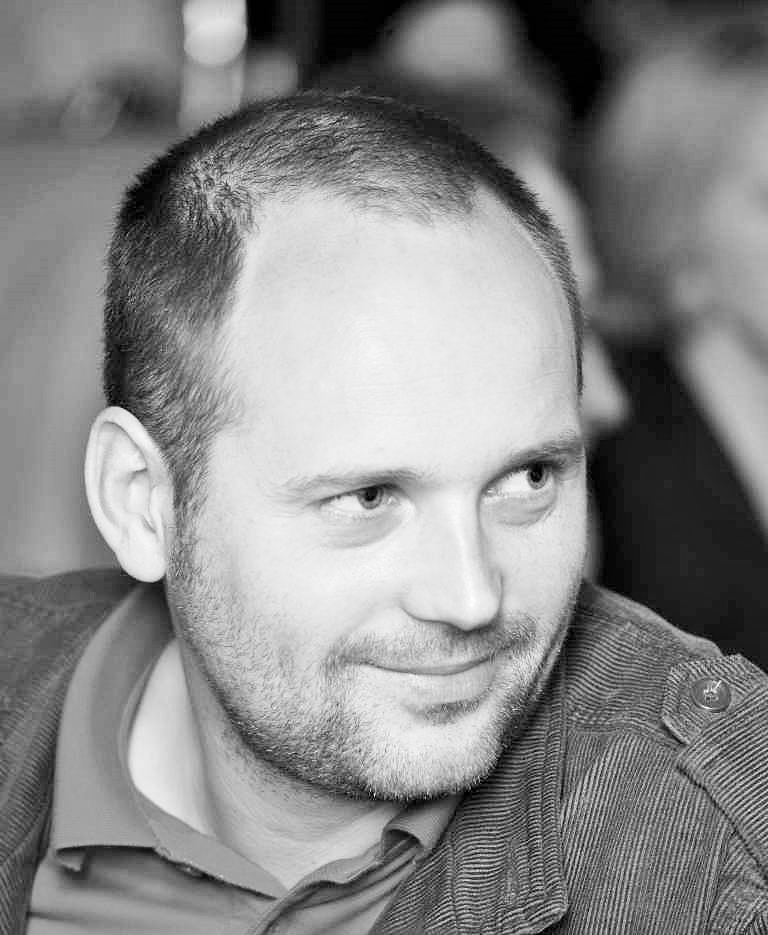 |
|
Nikolay A. Korgin |
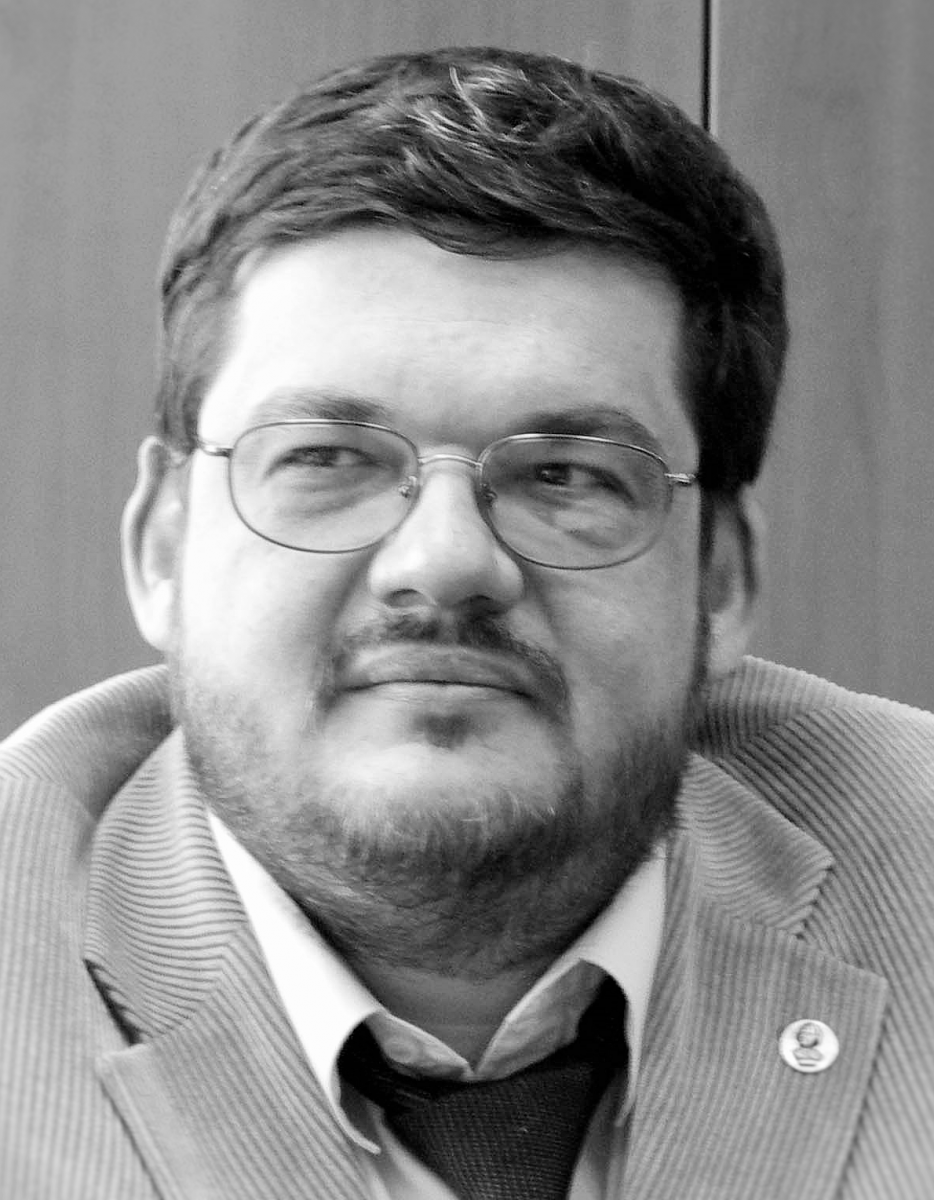 |
|
Dmitry A. Novikov |
In addition, automated high-efficiency and quality systems were developed for the radio industry (N.S. Palyulis, L.F. Marin, and others). Multichannel control mechanisms were implemented jointly with the scientific school of Prof. V.P. Avdeev (Novokuznetsk) at ferrous metallurgy enterprises in the Operator Advisor automated control system (A.K. Enaleev, T.V. Kiseleva, and others).
Also, note the scientific school of Prof. I.A. Gorgidze (Georgia), which significantly contributed to the development of incentive-compatible planning, incentive, and complex assessment mechanisms (I.A. Gorgidze, G.S. Dzhavakhadze, S. Khutsishvili, and others).
In the 1990s–2000s, the theory of active systems has received new applications. Nowadays, this theory is developed in the following areas:
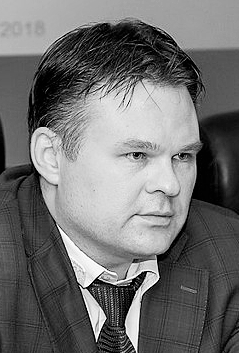 |
|
Michael V. Goubko |
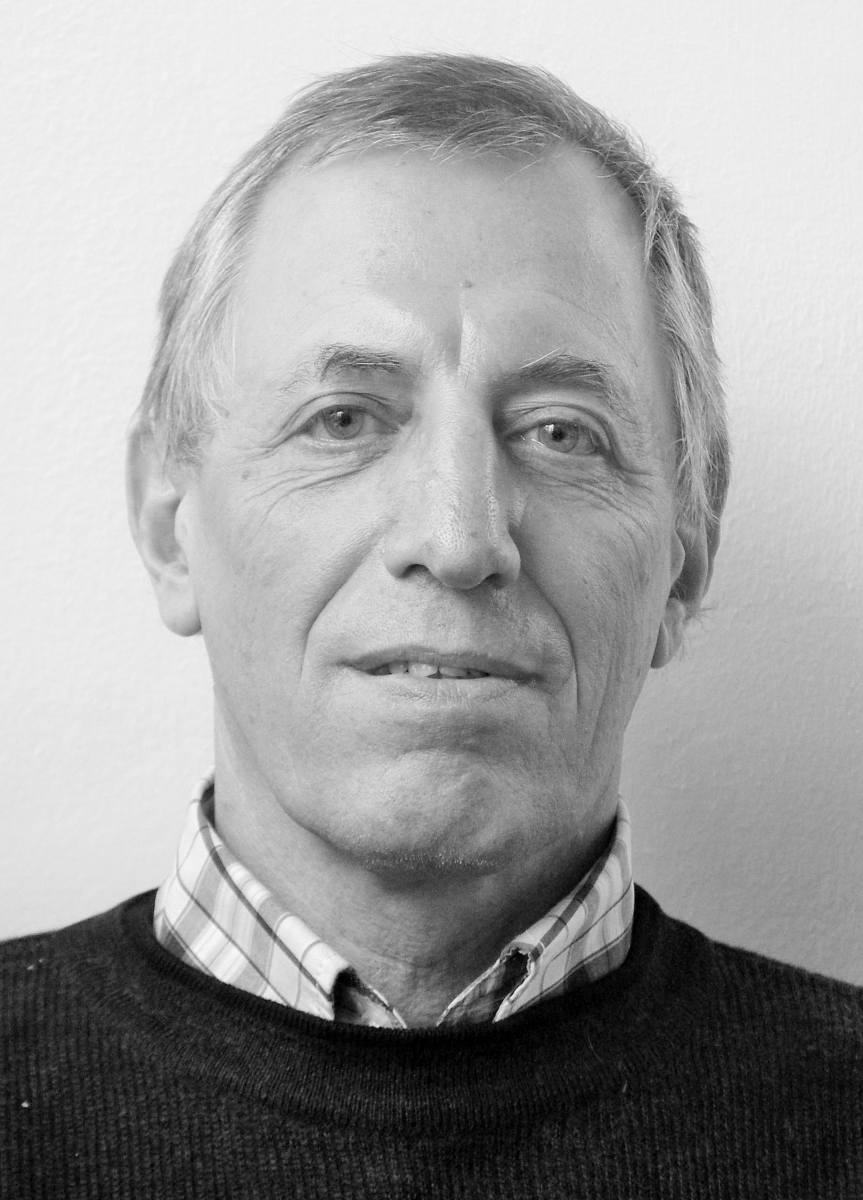 |
|
Alexander V. Shchepkin |
• control mechanisms for multi-agent active systems (A.K. Enaleev, N.A. Korgin, D.A. Novikov, and A.V. Shchepkin);
• the theory of evolutionary development (V.V. Tsyganov);
• multilevel active systems and hierarchical structure design, including networks (M.V. Goubko);
• informational control mechanisms considering the reflexive behavior of agents (V.V. Breer, N.A. Korgin, V.O. Korepanov, D.A. Novikov, D.N. Fedyanin, and A.G. Chkhartishvili);
• models of control in network structures, including online social networks (I.V. Kozitsin, D.N. Fedyanin, and A.G. Chkhartishvili);
• project management mechanisms (V.N. Burkov);
• complex assessment mechanisms (V.N. Burkov, N.A. Korgin, and A.V. Shchepkin).
Laboratory’s results are used in the practical management of different-scale systems (from the brigade and workshop to the industry and region). The main application-oriented works include the development of methods and information technologies for project management and enterprise reforming and restructuring, particularly complex assessment mechanisms for regional and corporate management. Many control mechanism design problems are reduced to difficult and often multi-extremal optimization problems.
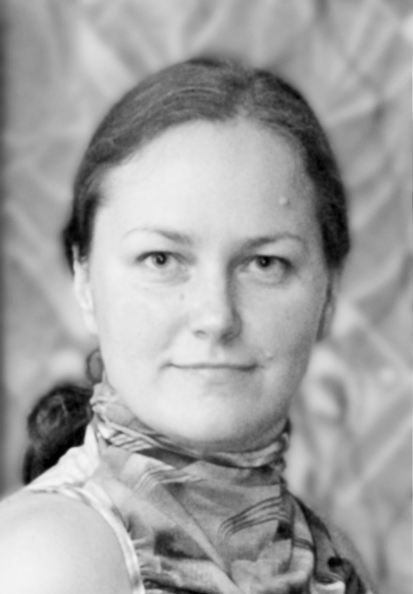 |
|
Irina V. Burkova |
New approaches to solving optimization problems were improved in the Laboratory. For example, optimization methods for dichotomous-form functions were extended to propose new discrete and continuous optimization methods: the network programming method and the method of Lagrange multipliers (V.N. Burkov and I.V. Burkova). The group of business games and simulation modeling was created in the Laboratory for the experimental study of complex systems (A.V. Shchepkin, N.A. Korgin, V.O. Korepanov, and D.N. Fedyanin).
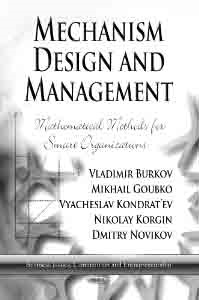 |
For more than 40 years, the Laboratory has been organizing international scientific-practical conferences on control and management (Theory of Active Systems, Large-Scale Systems Control, and Modern Complex Control Systems) jointly with Voronezh State Technical University, Lipetsk Technical University, and other leading universities (Tver, Stary Oskol, etc.). Laboratory’s employees have published over 1000 works, including dozens of monographs and textbooks.
Since 2020 the Laboratory has been headed by Dr. Sci. (Phys.–Math.) Alexander G. Chkhartishvili.
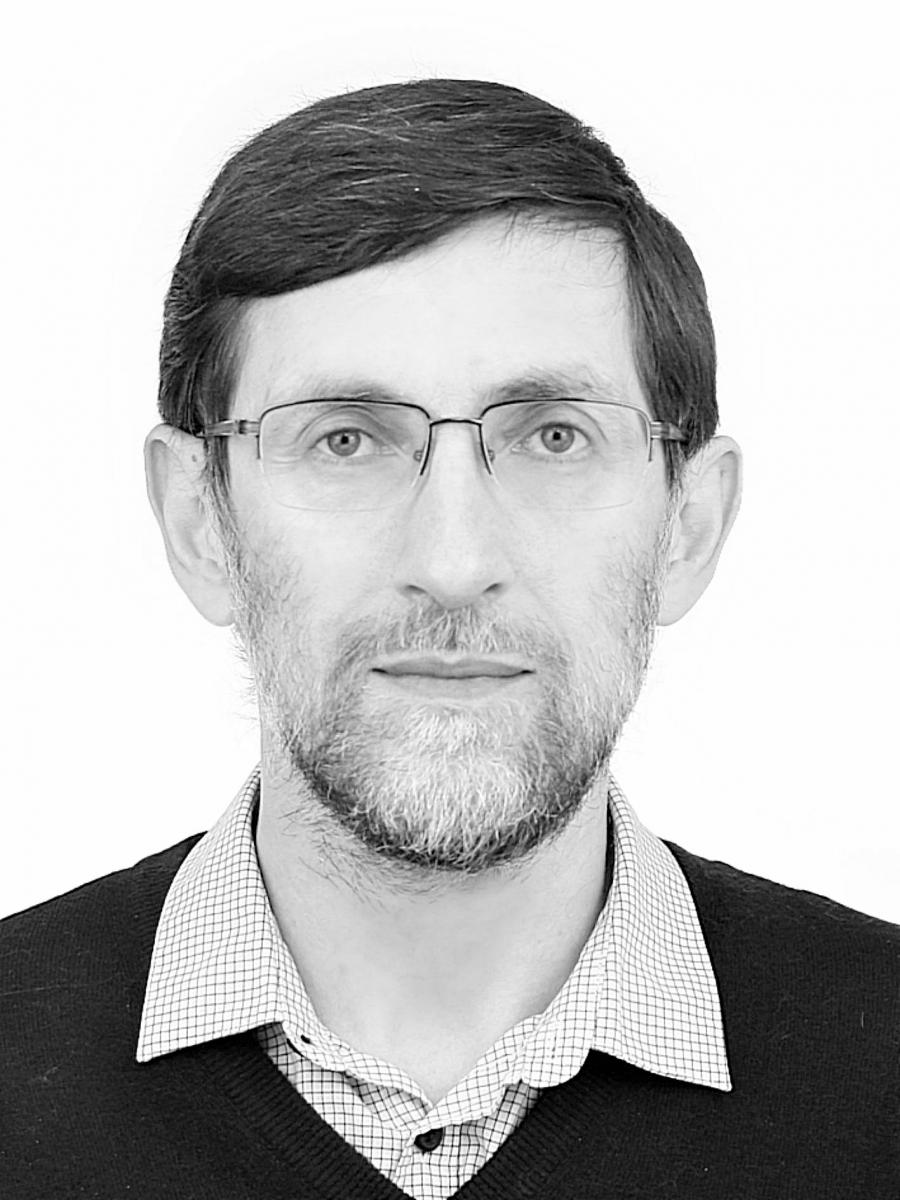 |
|
Alexander G. Chkhartishvili, Head of Laboratory No. 57 |
The current staff includes 11 Doctors and 5 Candidates of Sciences. Some employees are professors and lecturers of the Department of Integrated Cyber Systems at the Moscow Institute of Physics and Technology (N.A. Korgin, D.A. Novikov, and A.V. Shchepkin).
Up-to-date information about Laboratory’s research can be found at http://www.mtas.ru/about/
Selected publications, interviews, and speeches by Laboratory’s employees:
- An interview with V. N. Burkov, the Founder and first Head of the Laboratory
-
An interview with A.G. Chkhartishvili: social networks research and information control models
https://stimul.online/articles/interview/mir-v-setyakh/?sphrase_id=21415
- An interview with A.G. Chkhartishvili: influence models in social networks
-
A commentary by A.G. Chkhartishvili on the recent report of the Center for Countering Digital Hate, a British nonprofit organization: as established, only 12 users were responsible for 70% of the anti-vaccine content on Facebook, and 3 of them responsible for nearly half of the content
https://stimul.online/articles/sreda/dvenadtsat-glavnykh-antivakserov/
- An interview with D.A. Novikov: models of information confrontation in social networks
-
An interview with D.A. Novikov: models of mob behavior
https://stimul.online/articles/interview/stolpotvorenie-kak-tochnaya-nauka/?sphrase_id=21415
- A speech by D.A. Novikov: reflexion and control
- A paragraph on I.V. Kozitsin’s paper: opinion polarization models in social networks
- A paragraph on the report by A.G. Chkhartishvili, D.A. Gubanov (Laboratory No. 11), and I.V. Kozitsin: dissemination of COVID-19 information in social networks
- A game with schoolchildren played by N.A. Korgin: strategic thinking and explanation of mathematical game theory
- A lecture delivered by D.N. Fedyanin: Will humans be able to befriend robots?
- A round table with V.V. Tsyganov on RBC TV: traffic regulation in a metropolis
